





 Did You Know?Despite its name, the desert rose is not related to the rose family in any way. In fact, it is a part of the dogbane family, which consists of many toxic species of plants.The adenium obesum, more commonly known as a desert rose, is a vibrant, beautiful perennial succulent plant that bears bright red or pink flowers in summer, and is ideal for growing in areas prone to higher temperatures. If well taken care of, this plant can grow up to six feet tall, and can take up to eight to ten feet of space on the ground. It has a thick, succulent stem, and long, evergreen leaves which add to the aesthetics.
Did You Know?Despite its name, the desert rose is not related to the rose family in any way. In fact, it is a part of the dogbane family, which consists of many toxic species of plants.The adenium obesum, more commonly known as a desert rose, is a vibrant, beautiful perennial succulent plant that bears bright red or pink flowers in summer, and is ideal for growing in areas prone to higher temperatures. If well taken care of, this plant can grow up to six feet tall, and can take up to eight to ten feet of space on the ground. It has a thick, succulent stem, and long, evergreen leaves which add to the aesthetics.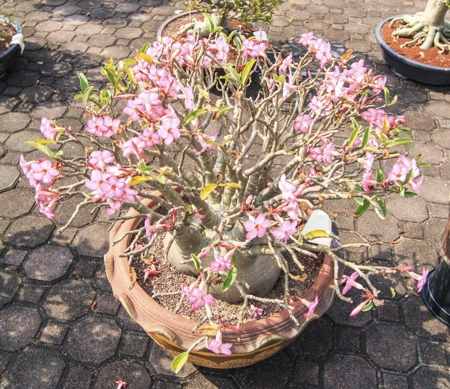 Ideally, this plant should be grown in full sunlight, so a sunny window or a sunny corner in the garden would be a good place for it. You have to make sure that your plant receives direct sunlight for a minimum of five hours every day. In fact, more sunlight will only help it grow better. Alternatively, you can also grow it indoors using grow lights. In case of colder regions, it makes more sense to use grow lights instead of exposing it to the harsh weather outside.Water
Ideally, this plant should be grown in full sunlight, so a sunny window or a sunny corner in the garden would be a good place for it. You have to make sure that your plant receives direct sunlight for a minimum of five hours every day. In fact, more sunlight will only help it grow better. Alternatively, you can also grow it indoors using grow lights. In case of colder regions, it makes more sense to use grow lights instead of exposing it to the harsh weather outside.Water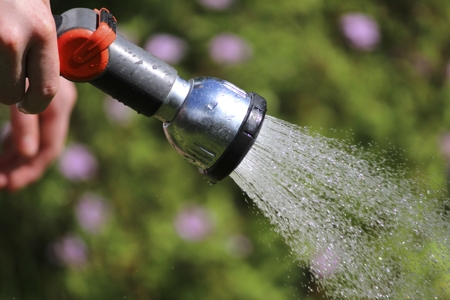 As it is a succulent plant, it needs to be watered about three-four times a week, and not more than that. However, whenever you do water it, please make sure to water it thoroughly. Check for the dryness of the soil by inserting a finger inside. If the soil is moist or wet, put the watering plans on hold for a bit. The problem with a desert rose is that too much water will cause root rot, and will end up hampering its growth and flowering. It can stand heavy rainfalls, but cannot survive in standing water. In winter and in the rainy seasons, it would be wise to water it only when necessary, once or twice a week.Soil
As it is a succulent plant, it needs to be watered about three-four times a week, and not more than that. However, whenever you do water it, please make sure to water it thoroughly. Check for the dryness of the soil by inserting a finger inside. If the soil is moist or wet, put the watering plans on hold for a bit. The problem with a desert rose is that too much water will cause root rot, and will end up hampering its growth and flowering. It can stand heavy rainfalls, but cannot survive in standing water. In winter and in the rainy seasons, it would be wise to water it only when necessary, once or twice a week.Soil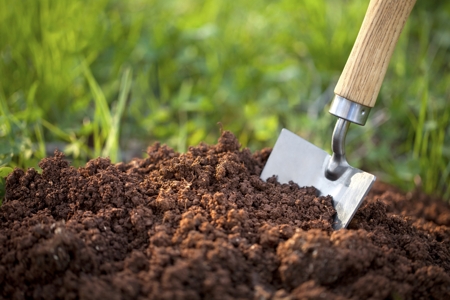 It grows very well in soil with a pH of about 6, though it can survive in mildly alkaline, or mildly acidic soils, too. However, be sure that the soil is fast-draining, and contains some coarse, sandy soil too. You can ask local nurseries for the perfect soil to grow this plant in your area.Pots
It grows very well in soil with a pH of about 6, though it can survive in mildly alkaline, or mildly acidic soils, too. However, be sure that the soil is fast-draining, and contains some coarse, sandy soil too. You can ask local nurseries for the perfect soil to grow this plant in your area.Pots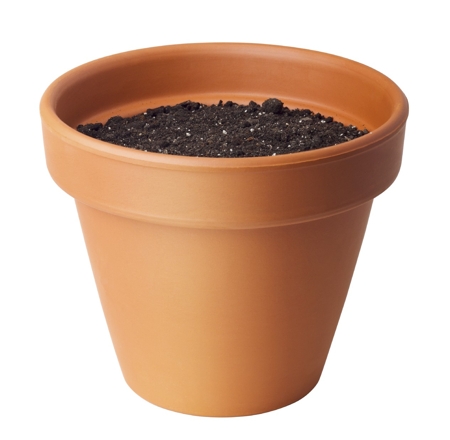 If you're planning to grow it indoors, you can decide upon using a variety of pots and containers for your plant. Make sure the pot you choose has a drain hole, 'cause you definitely don't want the pot to hold water than what is absolutely necessary. Also, when choosing a container, make sure it leaves a minimum of 2-3 inches of space around the roots. You can opt for bonsai pots as they are shallow, and provide a lot of space for growth in width. Remember, whichever pot you decide on, it must have drain holes and some extra space around the roots. FertilizerSome experts feel that if it is planted in good soil, and if it receives the required amounts of water and light, it doesn't really need any additional fertilizing. However, if you want, you can opt for some fertilizer to be fed to your plant once in a while. The right amount and the right kind of fertilizer can help it grow into a fine, large specimen. You can get a balanced liquid fertilizer, or a controlled release fertilizer. In spring and summer, you can fertilize your plant every two weeks or so. Make sure you read the instructions carefully before fertilizing, as all products are different and need to be used differently.Pruning
If you're planning to grow it indoors, you can decide upon using a variety of pots and containers for your plant. Make sure the pot you choose has a drain hole, 'cause you definitely don't want the pot to hold water than what is absolutely necessary. Also, when choosing a container, make sure it leaves a minimum of 2-3 inches of space around the roots. You can opt for bonsai pots as they are shallow, and provide a lot of space for growth in width. Remember, whichever pot you decide on, it must have drain holes and some extra space around the roots. FertilizerSome experts feel that if it is planted in good soil, and if it receives the required amounts of water and light, it doesn't really need any additional fertilizing. However, if you want, you can opt for some fertilizer to be fed to your plant once in a while. The right amount and the right kind of fertilizer can help it grow into a fine, large specimen. You can get a balanced liquid fertilizer, or a controlled release fertilizer. In spring and summer, you can fertilize your plant every two weeks or so. Make sure you read the instructions carefully before fertilizing, as all products are different and need to be used differently.Pruning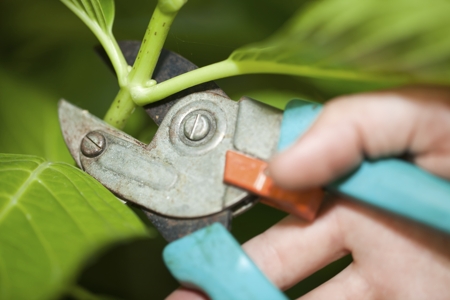 Many gardening enthusiasts believe that pruning is essential for the healthy growth of a plant. This is true, as long as it is done the right way. Make sure to use sharp blades, and more importantly, clean scissors. You don't want any diseases from other plants spreading to your garden. Don't throw away any cuttings you make, you can use them for planting more desert rose plants in your garden or house. Additionally, don't cut the plant from below the graft, as it will completely hamper the growth of the flowers. When pruning, please leave a space of about two inches on the branches for the plant to grow new flowers. Additional InformationIn case your plant is indoors, make sure you rotate the pot every couple of days to ensure that it doesn't lean towards the nearest window. This will make sure that the stem grows strong and straight instead of crooked.
Many gardening enthusiasts believe that pruning is essential for the healthy growth of a plant. This is true, as long as it is done the right way. Make sure to use sharp blades, and more importantly, clean scissors. You don't want any diseases from other plants spreading to your garden. Don't throw away any cuttings you make, you can use them for planting more desert rose plants in your garden or house. Additionally, don't cut the plant from below the graft, as it will completely hamper the growth of the flowers. When pruning, please leave a space of about two inches on the branches for the plant to grow new flowers. Additional InformationIn case your plant is indoors, make sure you rotate the pot every couple of days to ensure that it doesn't lean towards the nearest window. This will make sure that the stem grows strong and straight instead of crooked.Copyright © www.100flowers.win Botanic Garden All Rights Reserved